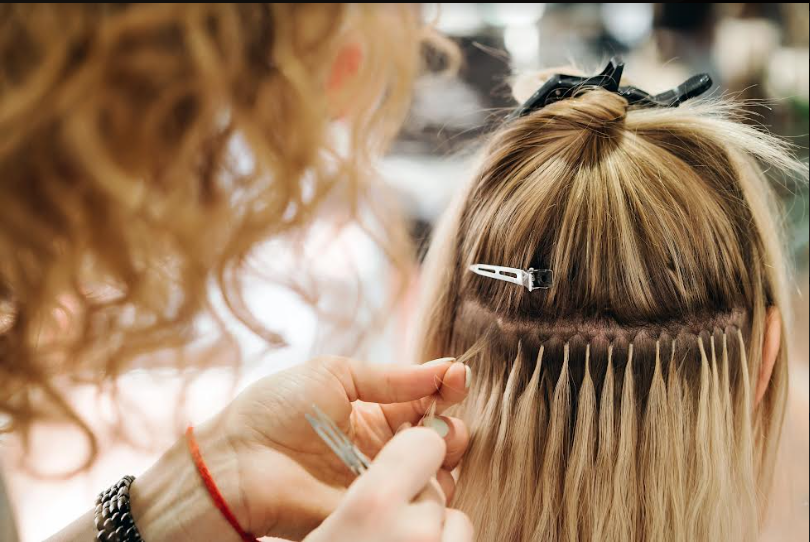Hair extensions have become popular in the current time as they deliver beautiful long hair in a short time. There are multiple options available for hair extensions in different countries. You can leverage benefits from hair extensions Jacksonville FL. Ever thought about how hair extensions came into the world? Let’s find out.
Ancient Egypt
According to studies, hair extensions came into the world in 3400 BC, in Ancient Egypt. At that time, thick hair was considered a symbol of status. Cleopatra was a famous person in ancient Egypt who used hair extensions. But men also used hair extensions to display their class in society. Archaeologists reveal that sheep wools were used for the hair extension process, and wools were either attached to hair or braided. Wigs made of vegetable fiber, and human hair were also used in special ceremonies.
16th Century
The 16th century was the Elizabethan era. During this period, Elizabeth used multiple hair extensions and wigs to enhance her appearance. She lost some hair because of smallpox and started wearing hair extensions and wigs. Elizabeth was the first user of hair pieces and wigs, and according to studies, she had over 80 hair pieces. The hair pieces she wore were made of sheep wool. Courtiers and aristocrats also used hair extensions and wigs.
17th Century
In 17th century, wigs and hair extensions started to gain popularity. King Louis XII of France was the first male user of wigs. He used to wear custom-made wigs to hide baldness on the head, but it started to become popular and became a symbol of wealth. For special ceremonies and occasions, wigs were common to use. The wig trend grew in the 18th century and King Louis XIV also wore wigs.
18th Century
As King Louis XIV wore wigs, women also began to have hair extensions and powdered wigs. Powdered wigs were called perukes and were made of human hair, horse hair, cow, yak, and sheep hair. The wigs may have been expensive in the past, but after Louis XIV died, wigs became pretty affordable. People started to shave their heads and wear wigs over shaved heads as it was easy.
19th Century
Victorian women carried hair extensions and wig styles in the 19th century. They used to cover their forehead, and this pretty hairstyle was named “Pompadour”. To have a look, women first had hair extensions and then combed over, getting a round face, which the era required. The wigs and hair extensions were worn very high and upward over the head hence, long hair became popular, and hair extensions kept growing.
20th Century
In the 20th century, hair extensions became part of our regular life. Hats and hairpins gained significant popularity at this time as they helped women to have new hairstyles with curls and volume. Women also began to collect hair from brushes and used their hairstyles. This was the beginning of the first repetition of human hair extensions.
The 1960s
In the 60s, locs and heavy fringes were significantly popular, but they required thick hair. Hair extensions gave every woman the opportunity to have this 60s look. People used clip-in hair extensions and beehive hairpieces to add the necessary length.
The 80s
In the 80s, hair extensions became common. TV shows also encouraged hair extensions and women in the 80’s enjoyed this look. Synthetic hair extensions and weave-in hair extensions gained popularity at this time as they provided a broad range of styles.
The 90s
In the 90s, big hair was the trend, and hair extensions helped women achieve this. Hair extensions also became cheaper because of new techniques. Generally, Clip-in hair extensions were preferred, but colored clip-ins also came into existence and gained popularity.
Present Time
Hair extensions that are available now are the best. They are natural-looking and luxurious and made of 100% human hair. They last longer and can be reused with proper care. Hair extensions now have many more options than before.
Conclusion
Hair extensions are being used, but they have a long history. The beginning of hair extensions and wigs lies in ancient Egypt. Earlier, Hair extensions were made of sheep wool, but with time, 100% human hair extensions are available now. Hair extensions have been delivering gorgeous styles at all times.
